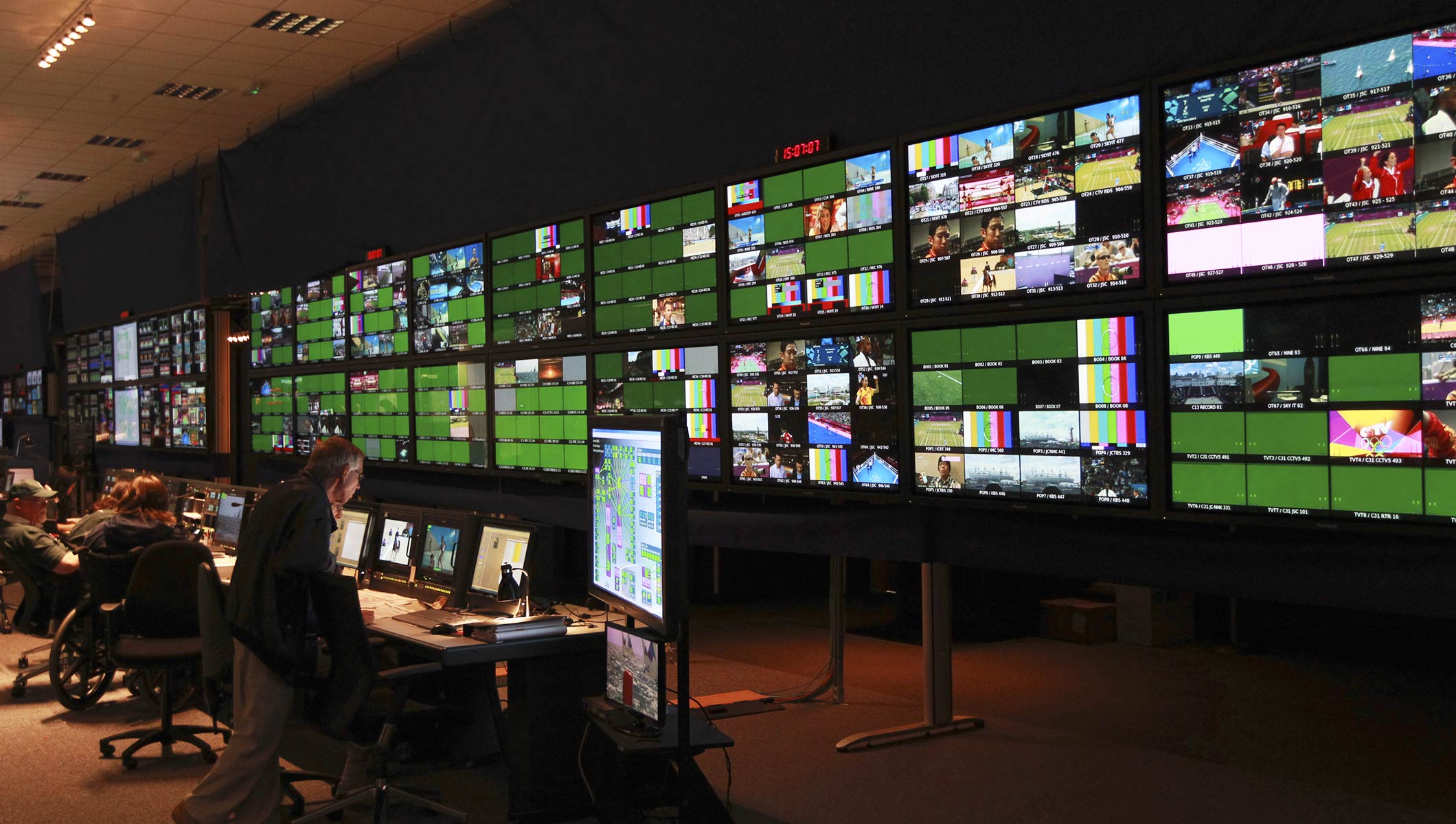Video and Audio Transportation: The Key to Quality Remote Production
Before planning an on-site production, ask what types of connections are available and what sort of bandwidth can be expected from each

The concept of remote production—moving the raw content generated at a site event back to the main facility for production and management—has been gaining popularity in the broadcast world. Mobile/site content has also been gaining wide popularity, with the ability to offer viewers a wide range of sporting events and other on-site broadcasts via traditional over-the-air, cable, and streaming options.
When Covid hit, broadcasters were faced with a dual dilemma—their viewers wanted even more remotely generated content to make them feel more connected while they were staying at home, but the broadcasters needed to keep their own personnel safe and secure while generating that increase in content that the audiences demanded.
Remote production quickly came into play as an option. The 2021 Olympics in Tokyo were a solid case in point. Broadcasters sent 39% fewer people than would be usual for such an event, with much of the production being handled back at their primary facilities or via a remote production company.
Sending fewer people not only kept broadcast personnel safe; broadcasters immediately noted a dramatic reduction in costs as the amount of on-site equipment plummeted and the need for transportation, housing, and other site expenses went down as well. Increasing the volume of on-site broadcasts for viewers also became more viable because of the ability to centralize production, which allows the use of the same production crew to handle multiple events on the same day.
While remote production appears to be here to stay, many broadcasters are still puzzling over their options, because it isn’t as simple as many would have them believe. Everything depends on the telecommunications infrastructure that will be in play for each event. Traditional sports arenas are no problem: there will be dedicated fiber links with all the high-speed bandwidth you need.
But what about the non-traditional locations? The problem is that not all sites are created equal: some still have highly reliable infrastructure, such as a pro team sports stadium with dedicated fiber, while others offer different types of connections that may differ wildly in the level of bandwidth and amount of equipment that can be connected at once.
No one wants to plug their video and audio feeds into a shaky Internet connection and end up with an unusable product (and possible penalties for not providing the contracted coverage requirements). Obviously, a bit of homework is required before planning a remote event to determine how the feeds and backhaul will be handled.
The professional video industry's #1 source for news, trends and product and tech information. Sign up below.
Before planning an on-site production, ask what types of connections are available and what sort of bandwidth can be expected from each. If it’s IP based, find out whether backups exist in case the main feeds fail. Another critical step is to determine the level of security on those connections. If they’re visible to hackers, they can be easily disrupted.
The latency of the remote site connection is also an issue. 5G, for example, is an appealing prospect for video transportation, but it isn’t where it needs to be quite yet. If a site is offering 5G as its primary IP connection, ask whether the Ultra Reliable Low Latency Communications application is available with that connection.
One piece of equipment that can help mitigate your bandwidth issues is a good-quality encoder, which provides low-latency compression to make video easier to transport over IP. Some remote video equipment includes cursory encoders, but those encoders may not be up to the task when presented with varying IP speeds or other bandwidth issues, and they may not have a comfortable level of IP security. Stand-alone encoders, while admittedly increasing the amount of equipment going to the on-site location, are usually the best choice for equipment connection, IP connection, and high levels of security.
When selecting an encoder, make sure it has the versatility needed to handle the available bitrate, video resolution capability, and equipment inputs needed for the available connection. A good encoder will also have robust firewall capability. Appear has made all of these needs a “must” in our encoder series.
For more insight into the latest trends in remote production, be sure to register for TV Tech Talk: Remote Production, Aug. 31.
Geoff Bowen is Senior Solutions Architect for Appear

